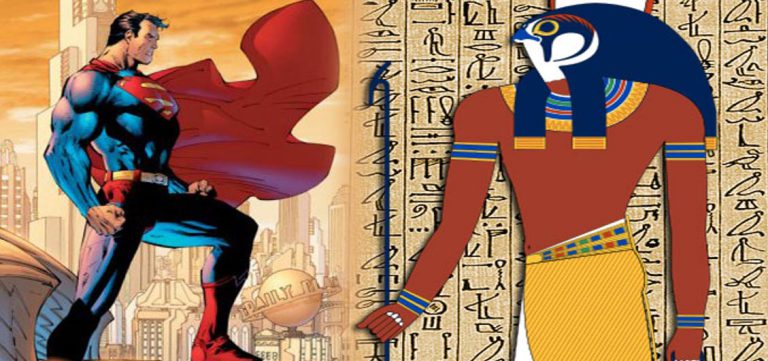Min Zhou’s article, “are asian americans becoming “white”’ is a very compelling article for me and I learned a lot through my read. Zhou tackles the issues of having several different identities, as both an Asian person and an American, with both of these identities being a big part of a person’s identity. As Zhou stated in this article, very few Asian Americans simply identify as Asian. As Zhou states in her article, “‘Asian American’ is an umbrella category that includes both U.S. citizens and immigrants whose ancestors came from Asia, east of Iran,” (30). Many “Asian Americans” would rather identify and connect to specific countries, such as China, Japan, Korea, the Philippines, India or Vietnam. It makes sense why “Asian Americans” would prefer to link their identities to specific countries as opposed to a continent as it is seen with many Euro-Americans. People want to be able to follow one specific culture that they are descended from, or be able to honor all the ones that their ancestors have followed, and it is easier to do that by linking yourself to specific countries, as opposed to one giant continent.
In saying that people would prefer to link themselves to specific countries in order to follow specific cultures, many things that Min Zhou states in this article goes against what I just stated above. Min Zhou discusses in her article how many Asian Americans seem to be forgetting their own cultures and assimilating and adopting the larger, white American culture as their own. “On the surface, Asian Americans seem to be on their way to becoming white, just like the offspring of earlier European immigrants. But the model-minority image implicitly casts Asian Americans as different from whites,” (33). Zhou is absolutely right when she makes this statement that, regardless of how much Asian Americans adopt white American culture as their own, there will always be separating the groups. Discrimination is, sadly, extremely common in the United States today and people are discriminated for all different types of things, ranging from their sexuality, their gender identity, their race, their culture, and so many other things. Zhou states in her article, “white is an arbitrary label having more to do with privilege than biology,” (30) I think that this is true in certain cases and false in others. I think it is fair for me to say, as a white American, that white privilege is a thing. I’ve never had to face any sort of discrimination based on the color of my skin and I think that this statement is true for many other white Americans. While there are certain groups that this hasn’t always been true for, such as “the Irish and Jews, (they) have attained “white” membership by acquiring status and wealth,” (30).
With Zhou stating this, it might be easier to state that Asian Americans are becoming white due to the status, wealth, and success that many of them are attaining in America today. I don’t, however, believe this to be true, at least not at this moment in time. As I stated above, I believe that white privilege is a thing, but I think that many Asian Americans, regardless of their wealth and status, still face discrimination based on the color of their skin and aren’t viewed as “white.” Over time, there might be a possibility that Asian Americans might eventually be viewed as white, much like the Irish and the Jews, but in the current time, I cannot say that Asian Americans are becoming white, simply due to the fact that many of them tend to be adopting “white culture.” Many Asian Americans still identify with a specific country and tend to practice and celebrate those cultures, while also practicing white culture. I think it is unfair to make people choose one specific culture to practice, when they can be celebrating many.
